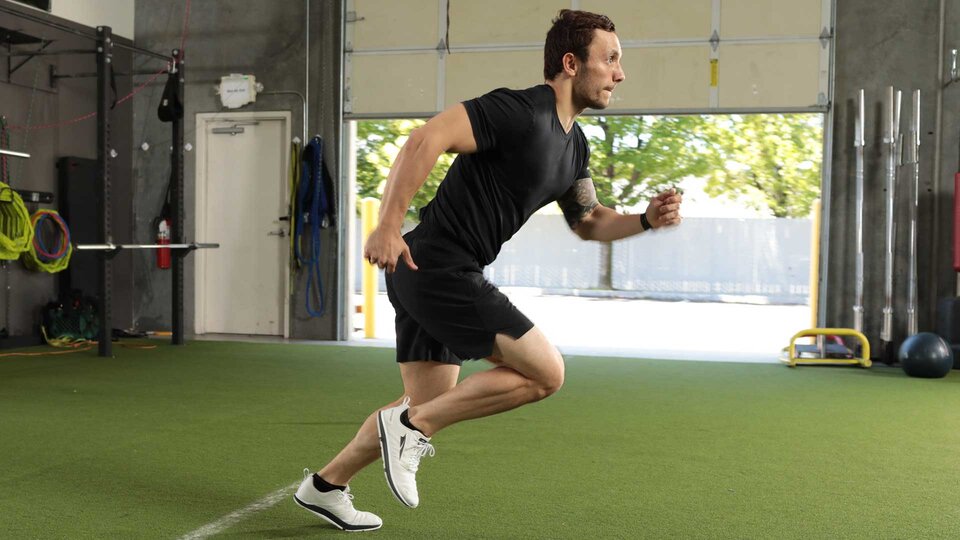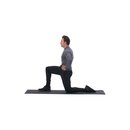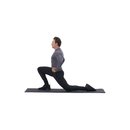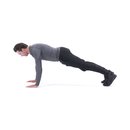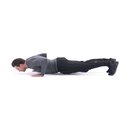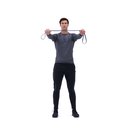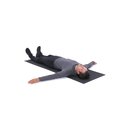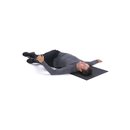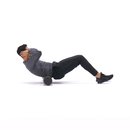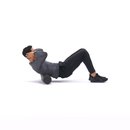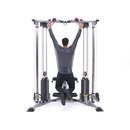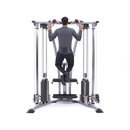Special Ops Tactical Fitness | Patrol Officers Tactical Fitness
Any discussion about the fittest men and women in the world should include ”tactical athletes” at some point. From special operations warriors to SWAT officers, these professionals maintain elite fitness out of necessity. For them, being out of shape doesn’t result in failing to set a PR or bailing on a squat, it could be a matter of life and death—theirs or someone else’s.
The training required to be a tactical athlete is as unique and unpredictable as their duties and schedules. But make no mistake: This style of unique training isn’t just for special operators.
“We all can benefit from training in a tactical style,” says Steve Weatherford, former NFL player and the athlete behind the program True Muscle: 9 Weeks to Elite Fitness. ”Balancing strategic strength work, power training, and running intervals has been a game-changer for me—literally! It leaves me lean, conditioned, and packing more strength per pound than ever. But just as importantly, it trains the sort of undefinable grit that helps our fighting men and women accomplish any grueling and unpredictable physical task. Who doesn’t want that?”
If you’re preparing for a career in a tactical field, are a soldier or officer in need of a plan, or just want to train like hell for anything and everything the field can throw at you, this is your plan.
The Foundation for Functional Strength Training
Depending on the specific needs of their job, individual demands for any tactical athlete will vary. There are a few principles that are universally present, however. An effective training program for any tactical operator needs to focus on:
Injury Prevention: Injury prevention tops the list of priorities because an injured operator is a liability to themselves and their team, plain and simple.
Aerobic and Anaerobic Conditioning: First and foremost, aerobic conditioning is vital to the job itself. Tactical operators need conditioning that goes beyond the anaerobic system. Whether it’s chasing a suspect, running up 15 flights of stairs to a fellow officer, or wrestling with someone who refuses to go quietly, eventually the aerobic system plays a significant part. Anaerobic training comes into play at those times, when shorter bursts of conditioning are necessary.
In addition, many organizations still measure aerobic capacity in some form as a job requirement.
Strength and Power: Strength and power are important for any type of combat athlete. When overcoming resistance from hostile opposition, if all other things are equal, the stronger and more explosive person will win. In addition to raw power, there are also more specific strength demands for the tactical athlete, such as grip and neck strength.
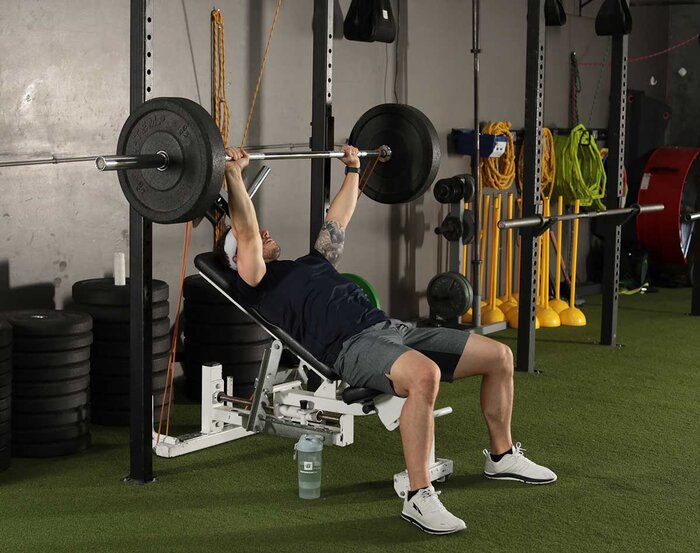
How To Have It All
Even with all the varying qualities a tactical athlete needs, having an effective program isn’t enough. The program also needs to be an efficient one that doesn’t present needlessly complicated daily demands. For that reason, the program below can be arranged a couple of different ways:
-
Perform the warm-up before each workout, followed by strength training. As for the conditioning workouts, you can perform them either directly after the strength training or as independent workouts. The former option will help you learn to keep going when your muscles want to stop. The latter will allow more intensity.
-
You’ll notice a strong emphasis on unilateral movements to develop balance and prevent injury. The strength-training portion is designed to build strength and explosiveness and is broken into a higher-volume initial phase to develop a strong base, followed by a higher-intensity phase focused on raw strength and power.
-
For the tactical athlete, grip strength is immensely important, whether for controlling an unruly suspect, climbing, or weapon retention. Using fat grips is a great way to develop hand strength, so expect to use them in a range of lifts.
-
The conditioning portion of this program follows a similar pattern to the strength training. The first four weeks are designed to develop a strong aerobic base, followed by a higher-intensity block with a higher focus on anaerobic development.
Tactical athletes need to be able to hit it hard in every single workout. For that level of intensity, you need a pre-workout that’s up to the task.
Two Months to Tactical Strength
Warm-up
Month 1, Week 1
Month 1, Week 2
Month 1, Week 3
Month 1, Week 4
Month 2, Week 1
Month 2, Week 2
Month 2, Week 3
Month 2, Week 4
Conditioning
Weeks 1-4 (After strength work or on a separate day):
- Day 1: 2 miles as fast as you can
- Day 2: 4 intervals of 1/4 mile fast, 1/4 mile slow
- Day 3: 20 min. slow jog
Week 5:
- Day 1 : 4 sprints of 30 sec., rest 2 min.
- Day 2 : 4 intervals of 1/4 mile fast, 1/4 mile slow
- Day 3 : 2 reps of 1 mile fast, 1/4 mile slow
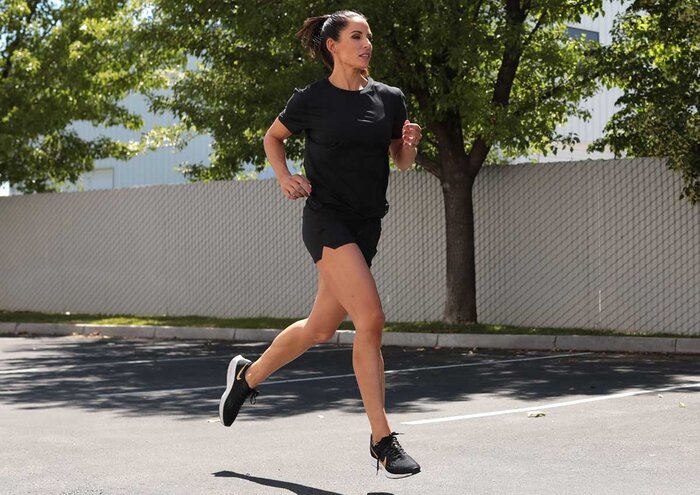
Week 6:
- Day 1 : 5 sprints of 30 sec., rest 2 min.
- Day 2 : 5 intervals of 1/4 mile fast, 1/4 mile slow
- Day 3 : 2 reps of 1 mile fast, 1/4 mile slow
Week 7:
- Day 1 : 6 sprints of 30 sec., rest 2 min.
- Day 2 : 6 intervals of 1/4 mile fast, 1/4 mile slow
- Day 3: 2 reps of 1 mile fast, 1/4 mile slow
Week 8:
- Day 1 : 20 min. low jog
- Day 2: 20 min. low jog
- Day 3: Rest
Strength and Athleticism for Any Challenge
The result of this program is a stronger, fitter, grittier athlete or combatant—no matter what type of uniform he or she wears. When you’re done, you can repeat the plan again, building on the progress you’ve made, or you can begin a different program with different goals.
What you pick is up to you, because you’ll be—and feel—ready for anything after this!
